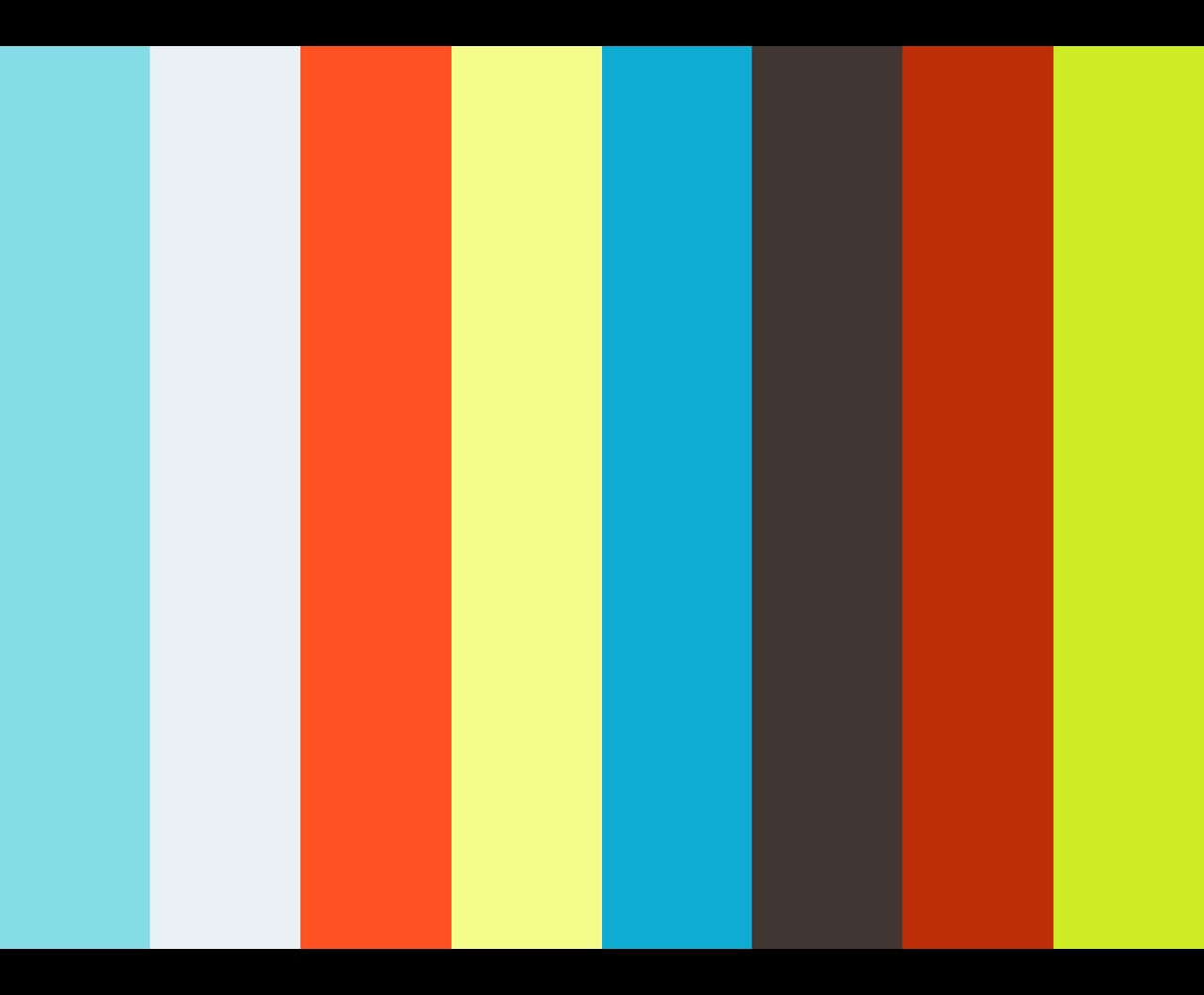Plus One Gallery is hosting a solo show of gallery artist, Paul Cadden. The exhibition will feature 13 new drawings which explore social scenes, portraiture and deserted landscape. Cadden continues to be influenced by scenes of everyday life, particularly those of other cultures. He is inspired by the things that he sees whilst travelling and often captures these scenes in his work. We find ourselves drawn to the subjects in his pictures, wanting to engage and know more about the people shown in his images. Heavily influenced by diverse cultures and the mystery of identity, this show also introduces a new line of work which includes landscapes drawn without any human presence. His new piece, Tangasdale Beach, depicts powerful waves crashing onto a beach on the Isle of Barra, the wind whipping the machair as a solitary seagull’s wing trims the edge of the breaking surf.
Through his highly technical and accurate drawings Cadden strives to create an emotional, social and cultural impact. He aims to “intensify the normal” with this hyper realistic approach. Cadden explains: “My hopes through my art are to transport the viewer into another space that is always there but on reflection, is often missed. Through an accurate representation of ‘reality’ I aspire to give the viewer a new emotional perspective in which they can appreciate an affinity for everyday situations, as we deal exclusively with how people appear, when in reality people are more than what we see.”
Creating works that focus on specific details allows each scene to become extremely realistic. Once Cadden achieves this level of intensity, he has the freedom to play around with the images, enhancing our experience of the everyday and the ordinary. This hyperrealist style allows the artist to take control of the way in which we perceive his drawings and the people and places he depicts in his work. This illusory approach starts from the very beginning of Cadden’s artistic process. Initially through Photoshop, he begins to highlight specific parts, adjust the focus or change the depth of field, for example. He recalls, “around three quarters of the way through the drawing you start to refer less and less to the material and you make up your own aesthetic judgements when it comes to tonality.”
Giving himself the freedom to make aesthetic judgements is an extremely significant aspect of Cadden’s work. Whilst the viewer can appreciate the works as representations of people and places, the artist’s attention to detail gives us a deeper and more complex insight into the vibrancy and emotions that surround these environments. They are no longer just incredibly accurate drawings that look like black and white photographs; they are images that capture the social and political culture, the feeling of a place and time through pencil and paper.
For more information, visit www.plusonegallery.com.
Follow us on Twitter @AestheticaMag for the latest news in contemporary art and culture.
Credits
1. Paul Cadden, Seascape, 2015, pencil on paper. Courtesy of the artist and Plus One Gallery.





